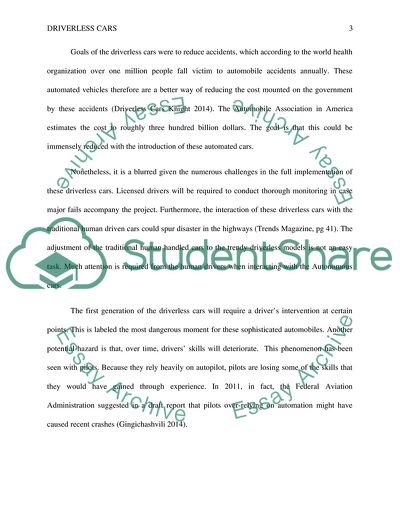Cite this document
(Driverless Cars Essay Example | Topics and Well Written Essays - 2250 words, n.d.)
Driverless Cars Essay Example | Topics and Well Written Essays - 2250 words. https://studentshare.org/design-technology/1816345-driverless-cars
Driverless Cars Essay Example | Topics and Well Written Essays - 2250 words. https://studentshare.org/design-technology/1816345-driverless-cars
(Driverless Cars Essay Example | Topics and Well Written Essays - 2250 Words)
Driverless Cars Essay Example | Topics and Well Written Essays - 2250 Words. https://studentshare.org/design-technology/1816345-driverless-cars.
Driverless Cars Essay Example | Topics and Well Written Essays - 2250 Words. https://studentshare.org/design-technology/1816345-driverless-cars.
“Driverless Cars Essay Example | Topics and Well Written Essays - 2250 Words”. https://studentshare.org/design-technology/1816345-driverless-cars.


